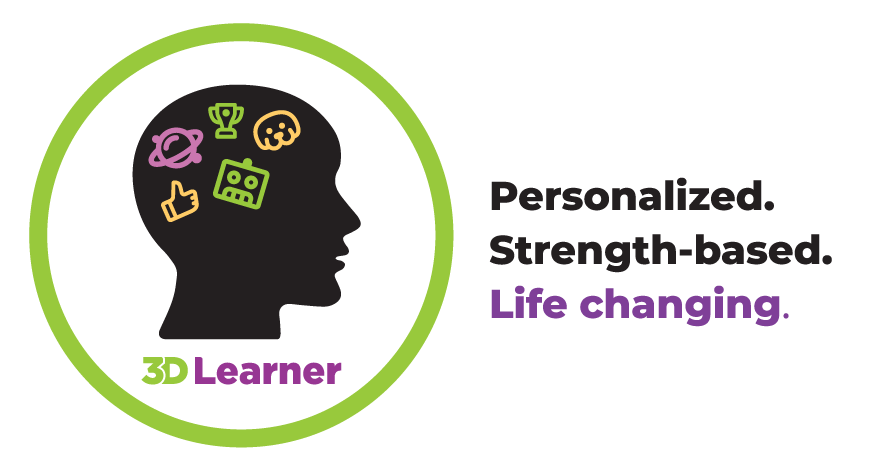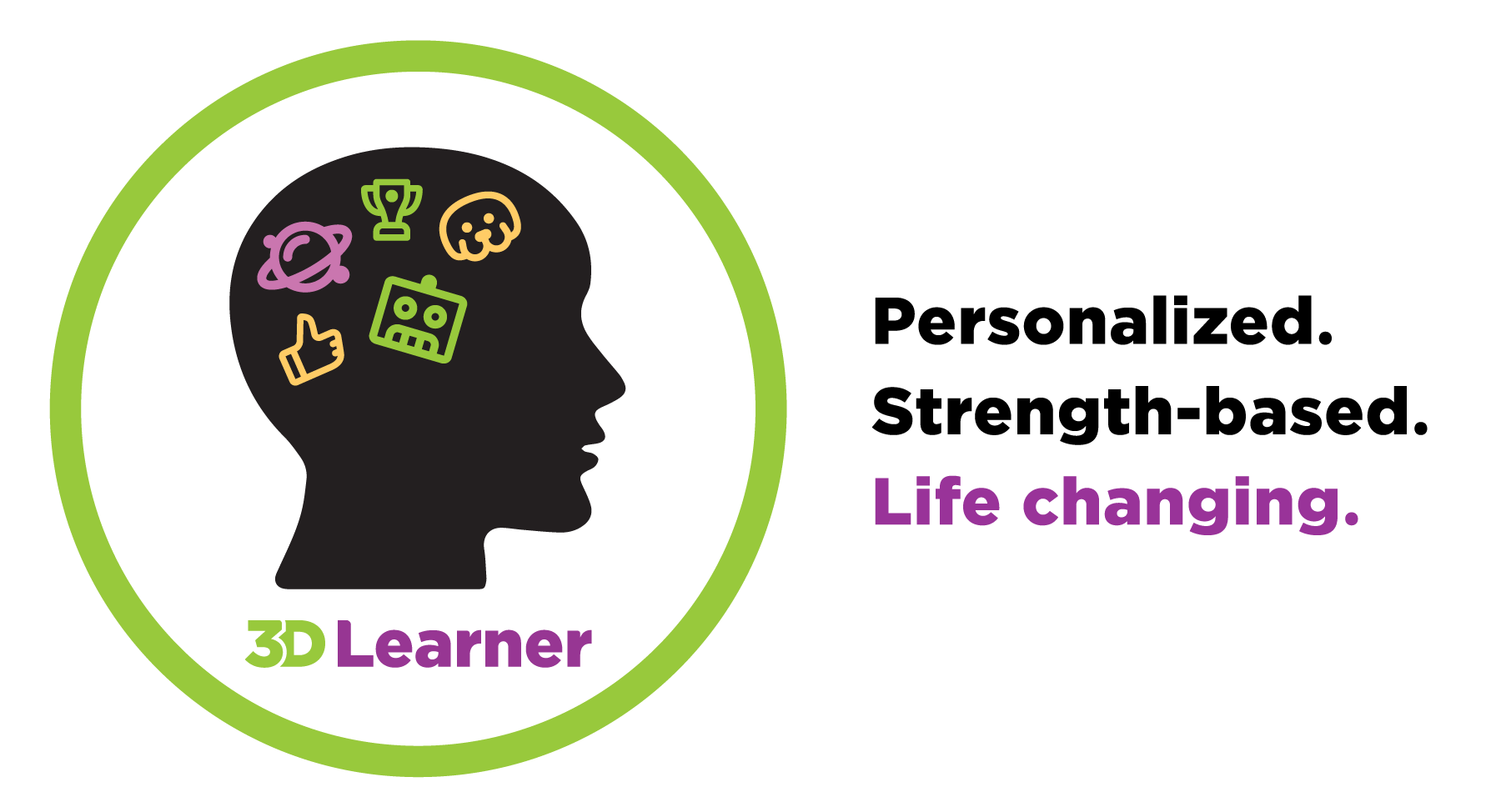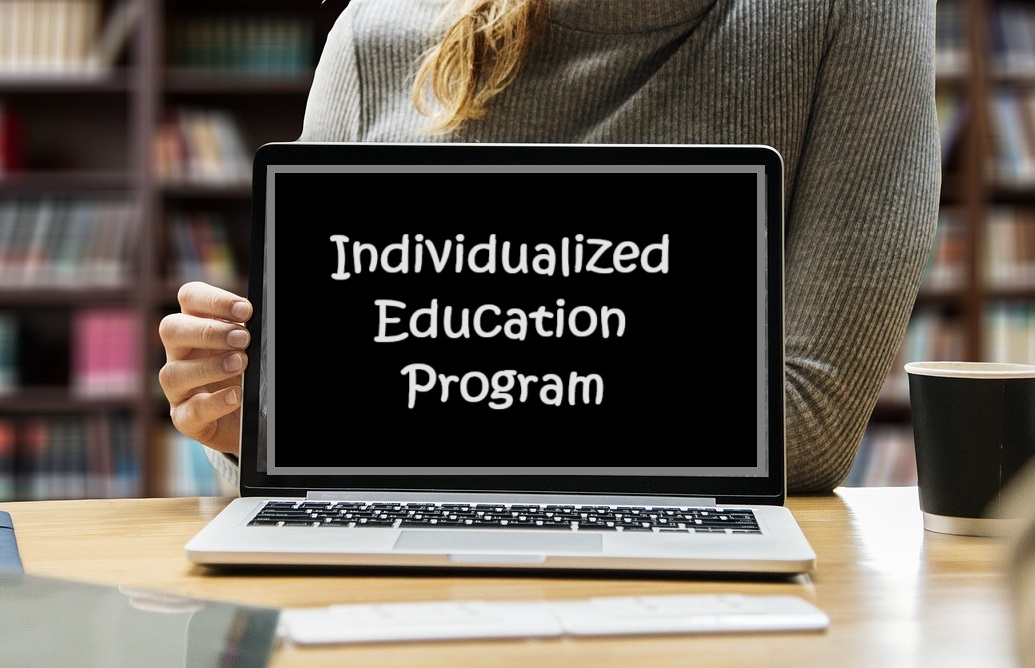We define the Right IEP as one that leads to the student making significant gains in all key areas.
Getting The Right IEP is not as hard as people think it is. Five things to know
- A parent has the right to request an interim IEP at any time. There are no time limits as to how soon the meeting will occur, but schools often respond in a reasonable time frame
- Most IEPs are not designed to help the student to be all they can be. Too often the reading goals are focused on reading fluency – that is how efficiently and effectively the student reads. Even in the early grades, you want the Right IEP that focuses on reading fluency, reading comprehension and other areas of need.
- Interim IEP meetings are almost always initiated by the parents and the request should be in writing.
- The school may say that it is not needed, but persist
- The Right IEP will often result in much BOLDER GOALS, and a greater focus on both reading fluency and reading comprehension
Too often when we read an IEP we see one of two things:
- The present level of reading is defined by a student’s reading fluency.
- A reading comprehension goal like “The student will answer main idea questions correctly 4 out of 5 times at their independent reading level”. This could be done very easily, it is unlikely to result in significant growth and it may wind up with the reading comprehension gap widening.
While some people will say that reading fluency and reading comprehension levels are often the same, we have seen:
- A 3rd grader who was reading on grade level according to the school, but his reading comprehension was two years below grade level.
- A 5th grader whose reading fluency was at the 5th grade level and when we tested his reading comprehension it was at the 1st grade level
- A 10th grader whose reading fluency was at the 9th grade level and his comprehension was at the 2nd grade level
In the earlier grades, it is likely that both reading fluency and reading comprehension are both issues. As shown below, studies have shown that:
- The student with a word identification problem in 1st grade has almost a 90 percent chance of being a poor reader in 4th grade.
- A 3rd grader with a reading disability (dyslexia) has a 70 percent chance of having a reading disability (dyslexia) in 12th grade
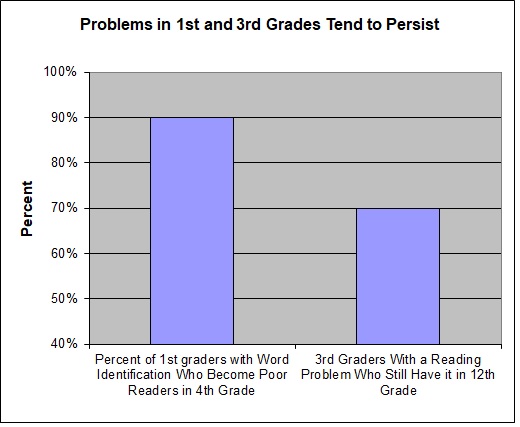
Note, for special education students in secondary school, a longitudinal study showed that 45 percent of the students were 3 to 4.9 years below grade level and an additional 21 percent were 5 or more years below grade level. This was before COVID.
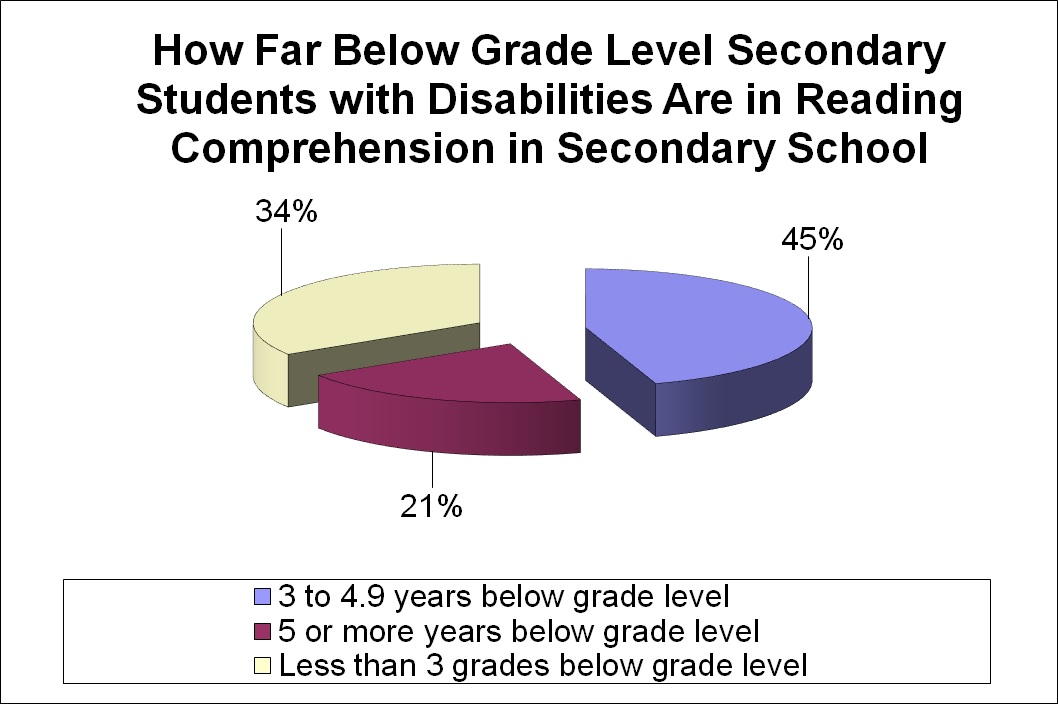
The reading comprehension gap often widens, even for bright and gifted students, especially for those with a learning disability, a reading disability or dyslexia
For reading comprehension goals, we want to see the student close the gap with their peers, where possible. So, if a 5th grader is reading at the 3-grade level, and they had an average or above average IQ, we would want the goal to be to improve their comprehension by at least 1.5 grade levels. It may also require more than one goal.
The Right IEP May Include Other Items
Other issues parents have shared is their child has difficulty taking notes in class and homework often takes forever, because of poor note taking, not getting the assignment written correctly and/or it just takes them forever — especially with math word problems.
The programs your child receives, and the intensity of the effort are based on the goals — so it is important to have a specific goal for what your child needs. For example:
- If note taking is an issue, the goal may be for the student to be given a copy of the notes each day, preferably before the lesson is given — this allows them to add comments to the note
- If homework time is an issue — we often recommend lessening the load for math word problems — for example, if the teacher assigns Problems 1 to 20, the goal might be that the student will complete all the odd numbered questions.
- If your child has difficulty writing the assignment correctly, and even if they do the assignment, they frequently will not hand in the assignment. This might require more than one goal including:
- The student will either be given a copy of the assignments or the teacher will confirm that it is written in their agenda correctly
- The parents will insure:
- The assignments are done
- They are put in a specific place where the student can find them
- The parents will countersign the agenda confirming these actions have been done
- The student will hand in the assignments, with prompting from the teacher where needed
If appropriate, we suggest you review your child’s IEP and ask yourself:
- Are the goals as bold as they should be
- Do the goals include reading fluency and reading comprehension, where needed
- Are there other specific items where performance is an issue and you need both a new goal and either services or accommodations
If a new IEP is needed and the next IEP meeting is not scheduled to occur within the next three months, we recommend requesting an interim IEP meeting ASAP and list:
- Your areas of concern
- Where you want a new present level of performance done before the meeting
- The specific areas you want to consider for different goals, programs intensity of intervention and accommodations
- Your willingness to do your fair share and more
![]()
The Right IEP may not fully close the gap, but it can lead to far greater gains and less stress.
